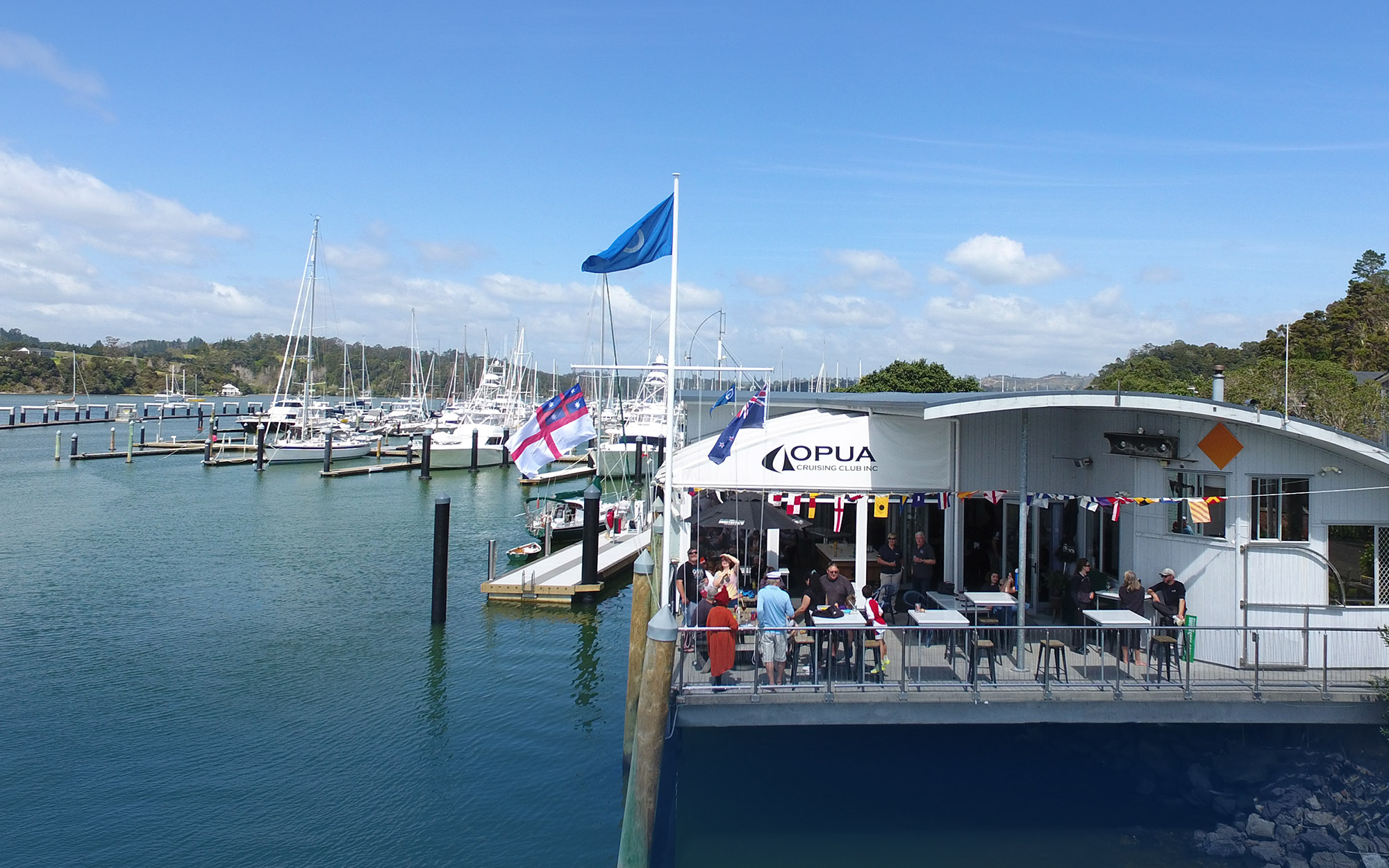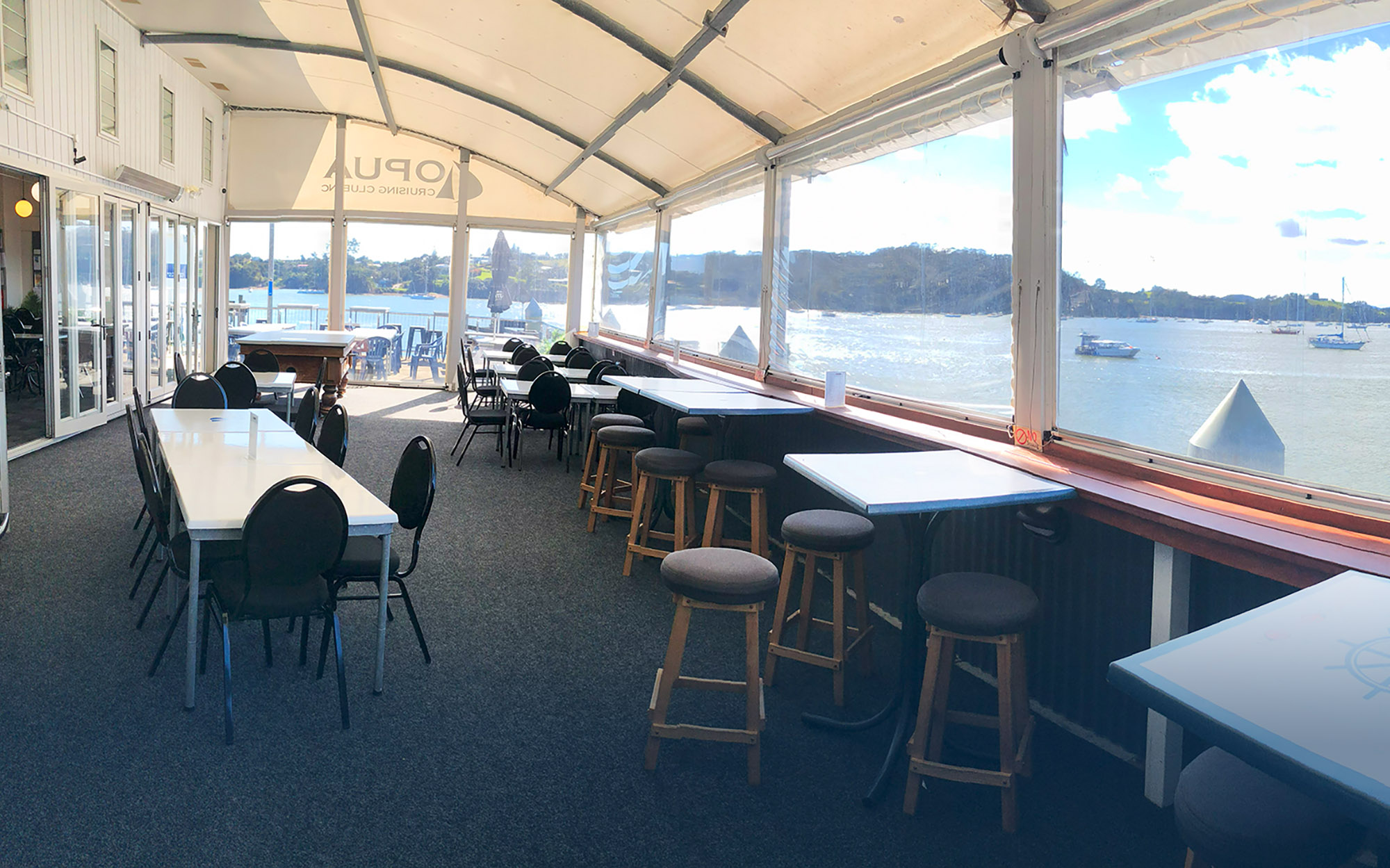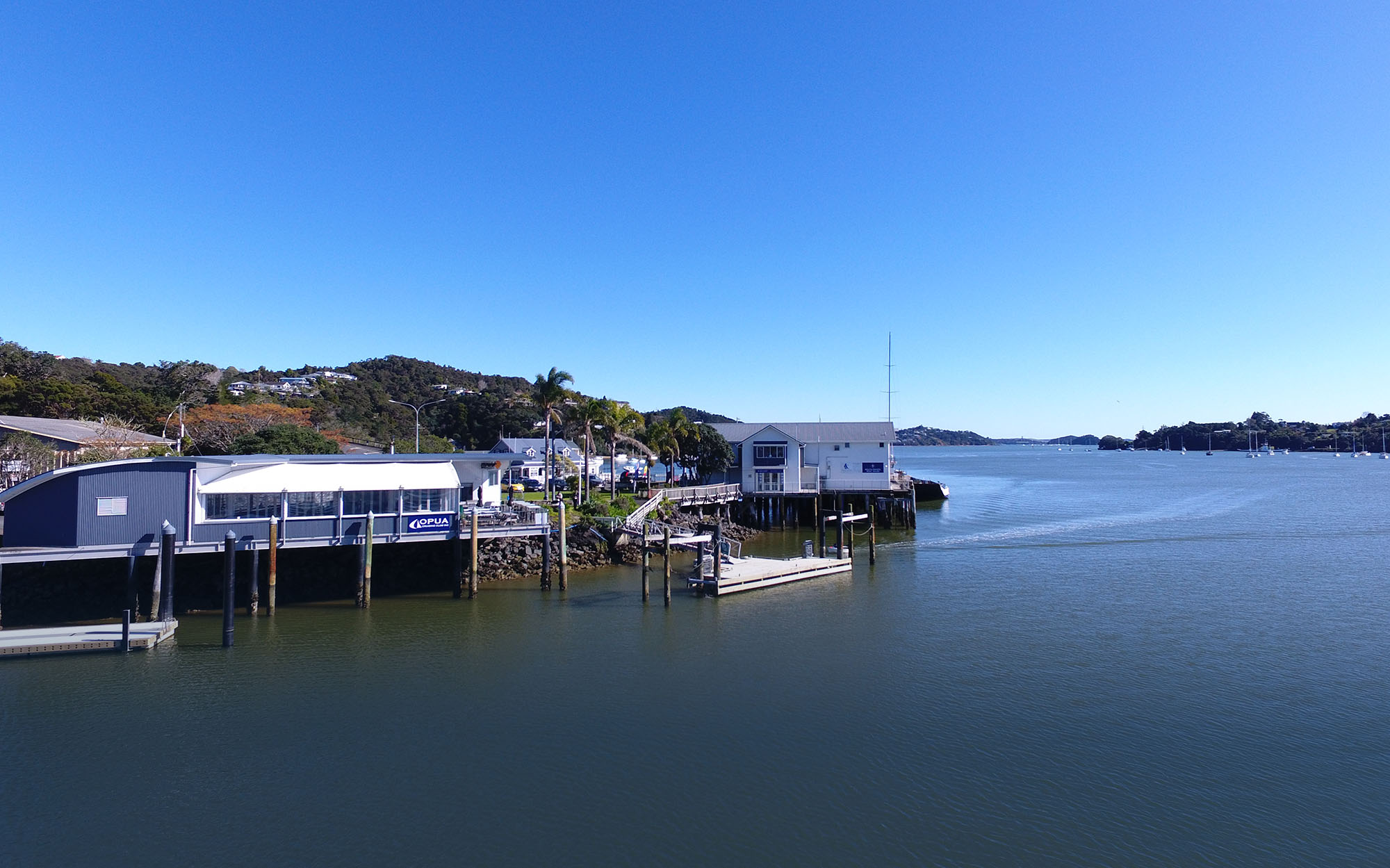A more indicative measure of ENSO…Introducing RONI
ENSO stands for El Nino- Southern Oscillation
The EN part of this parameter deals with sea temperature. We have been using the sea surface temperature measured in the Nino3-4 area as the parameter for deciding if the atmosphere is being driven by El Nino or La Nino or is in between the two in neutral gear.
The SO part deals with the isobaric pressure difference between Darwin and Tahiti… located on this map:

From climatereanalyzer.org/clim/sst_daily/

MetBob. Bob McDavitt is the weather guru that uses //etBoB to provide meteorological information for cruising sailors, primarily for those in the South Pacific.
However, climate change has been raising the world’s average sea temperate in a roller-coaster fashion

From www.moanaproject.org/marine-heatwave-forecast
o try and remove this trend from the measurements, climatologists in Australia and NZ have introduced a new measure called the RELATIVE OCEANIC NINO INDICIES (RONI).
As seen at https://www.bom.gov.au/climate/enso/
Relative Oceanic Niño indices RONI
RONI measures sea surface temperature anomalies in the Niño regions but mathematically removes any long-term trend found in the tropical region temperature. This helps relate the value more closely to localised processes associated with ENSO, rather than larger-scale tropical SST features such as global warming.
RONI values are scaled to have the same variance as the traditional index. Anything more than 0.8C above normal is in El Niño territory, and anything less than -0.8 is in La Niña territory. This is what REL NINO 3-4 looks like from April 2021to Sep 2025.

It gives a good view of the El Nino in late 23/early 24 and the La Nina of late 24/early 25 and shows a neutral trend in recent data.
The RONI is forecast to have a 55% chance of getting into La Niña territory by the end of the year. It is close to a coin toss, and if it comes down as La Niña then this summer in Northland may be like last summer.





